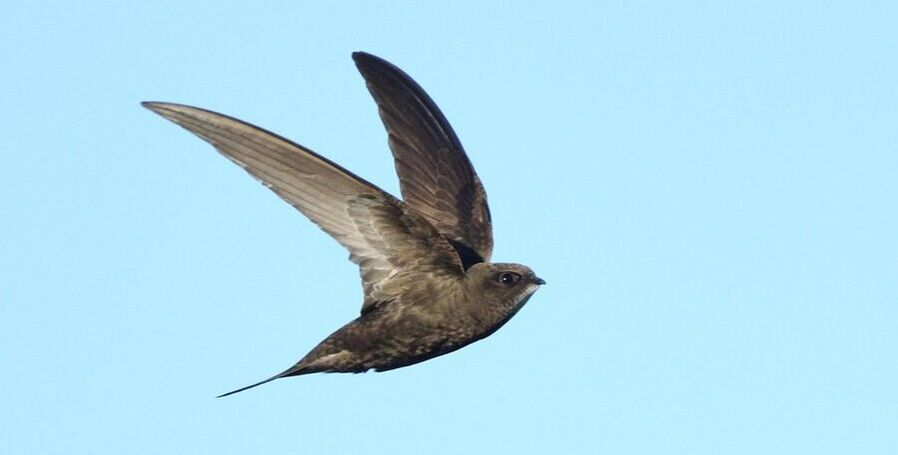|
One of the joys of sleeping with open windows has been waking to the sound of Swifts that nest above our roof soffits. The adults have been screaming down the street until sunset, and then at first light drop from the nest above the bedroom window, off to find flying insects to feed their young. We came home recently to the sad sight of a young Swift that fell to its death on the doorstep, just days before its maiden flight. Despite this disaster, all three nests remain active within our eaves. The chicks should fledge in the coming days, destined to remain airborne until 2024, when we hope to welcome them back. I added these nests, and others spotted in recent days, to swiftmapper.org.uk, so the information is available to those working to save Swifts.
The prospect of record-breaking temperatures should concentrate all our minds on the need for urgent action to tackle climate change. New research by the British Trust for Ornithology adds another example to the growing list of rapid changes facing nature. Willow Warblers have become scarcer in England in recent years but more common in Scotland, and climate has been a suspected factor. The study shows that optimal average ground temperature during the breeding season is 11° Celsius for Willow Warblers, and 13.5°C for the similar Chiffchaff. In just over 20 years to 2017, the breeding season temperature averaged 12.7°C in England where Willow Warblers are declining and 10.2°C in Scotland where they are increasing. Although the study didn’t analyse data in Wales, we might expect a similar northward shift, and that further temperature increases will be bad news for Chiffchaffs too. The heatwave should remind us to ensure we maintain water in gardens to help wildlife, but also to ensure that birdbaths are cleaned regularly to minimise the risk of transferring disease. Waders are trickling back from the Arctic as the breeding season draws to a close. Whimbrels from Iceland, Green Sandpipers from Scandinavia and Greenshanks from Fennoscandia are at the forefront of migration, while Curlews landing on our beaches may have come from elsewhere in Britain, or as far east as Finland and Poland, while Great White Egrets on the Conwy estuary and at RSPB Cors Ddyga may have originated from France or the Low Countries.
0 Comments
Leave a Reply. |
Bird notesA weekly update of bird sightings and news from North Wales, published in The Daily Post every Thursday. Archives
July 2024
Categories |

 RSS Feed
RSS Feed
